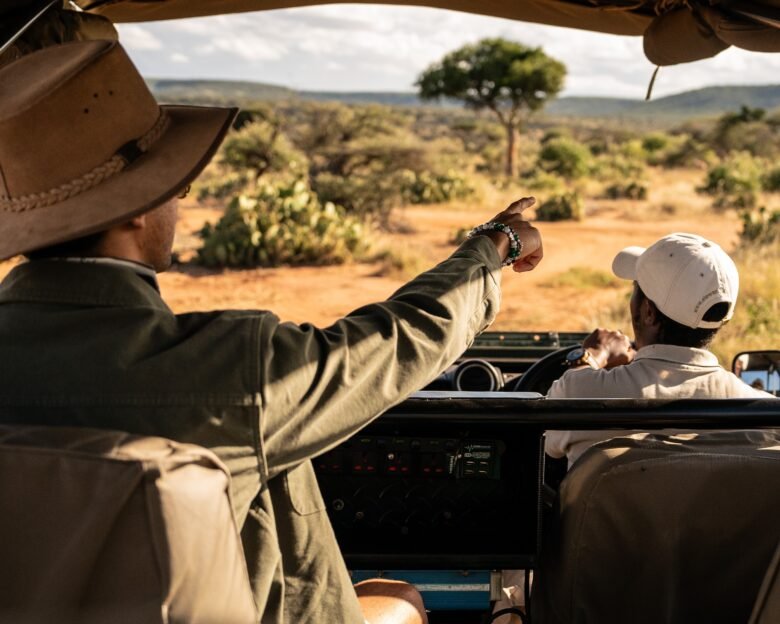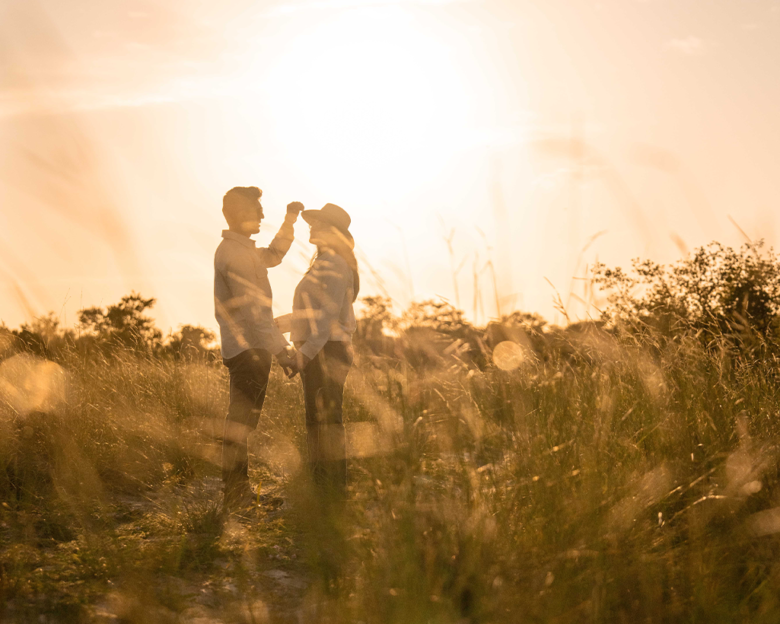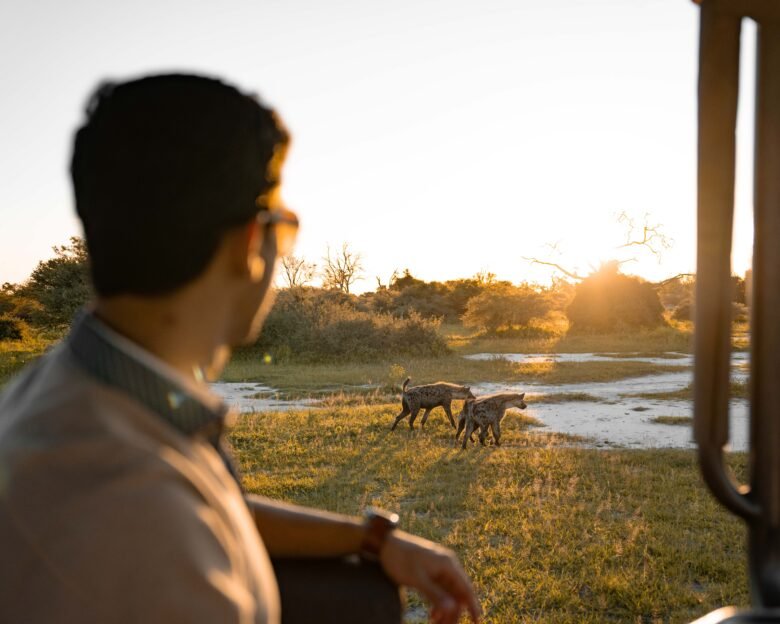Luxury Safaris In Masai Mara
Embark on luxury safaris in Masai Mara with Ameliya Trained Guides to watch the rich wildlife of Masai Mara. Book our Masai Mara Luxury Safari Package today!
Embark on a Luxury Safari in Masai Mara
Masai Mara, the land where iconic wildlife and fascinating cultures team up to provide every traveller with an unforgettable experience. This location offers a front-row seat to one of nature’s greatest spectacles – the Great Migration. Opt for a Hot-Air Balloon Safari and watch the sunrise unfurl across the endless plains, or visit local villages for a fascinating glimpse of traditional Maasai culture. The Mara is also suitable for wildlife viewing all year around even without the migrating herds, due to the high number of other herbivores and carnivores – none of which migrate. In the low seasons you witness the landscape drenched in greenery, newborns of antelope species and a high level of predator activity. Stay at a private conservancy and enjoy superb, crowd-free game viewing, off-roading and night drives which are otherwise not permitted in the park.
Masai Mara at a glance

Africa's Big 5
Wildlife
With the Mara River flowing straight through the park and serving as a vital water source for the wildlife, Masai Mara’s champagne-colored savannahs are home to lions, leopards, cheetahs, elephants, the rare black rhino, hyenas, buffalos, zebras, giraffes, elands, gazelles and over 400 species of birds. Rhino sightings are scarce, but these endangered animals can be spotted in the Mara Triangle.
Vegetation
Savannah grasslands mixed with scrub forests and pockets of dense woodlands. Covering an area of approximately 1,510 square kilometers, the reserve stands as a crucial component of the Mara-Serengeti ecosystem.
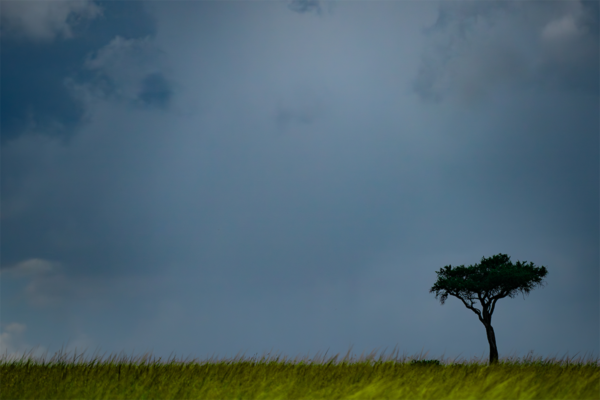
Savannah Grasslands
Tap Here To Enquire
Plan Your Journey to Masai Mara
Ameliya is a Luxury Safari Outfitter, and we seek to deliver the finest wildlife experience combined with world class hospitality. Our luxury Masai Mara safari starts at USD $1000 per person per night all inclusive. Help us plan your next luxury trip to Masai Mara today.
Things to do on a Luxury Safaris in Masai Mara

Game Drives

Night Safaris
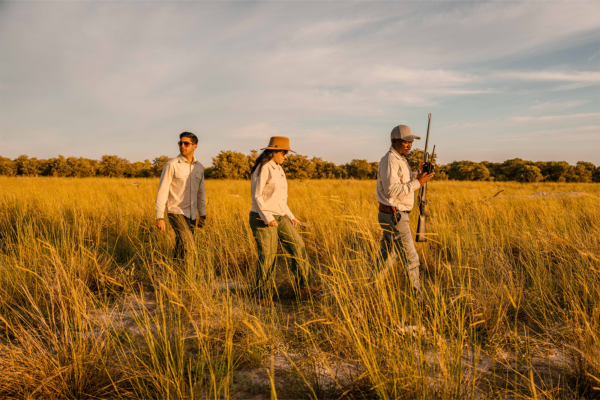
Bush Walks
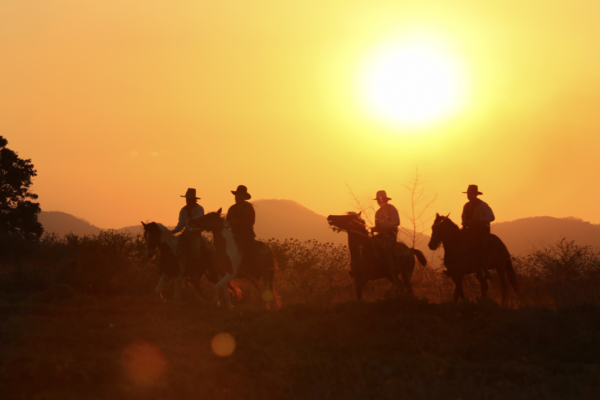
Horseback Safaris

Balloon Safaris

Tribal Culture
Did you know ?
For centuries, the Masai Mara was home to various indigenous communities, notably the Maasai people, who lived in harmony with the land. Colonialism disrupted this balance, with hunting and agricultural practices threatening the habitat and wildlife. By the 20th century, conservation efforts emerged to protect this vital ecosystem, and the region was designated as a wildlife sanctuary. The reserve’s name reflects its dual heritage, honouring both the Maasai people, and the Mara River.
Explore Luxury Safari Itineraries
SEASONS
From about July to October, one of nature’s greatest spectacles reaches the Masai Mara, and the weather is cold and dry. Between November and January, the Mara witnesses its short rains with some migrating herds still remaining in the ecosystem around November. February & March are warm and sunny with isolated showers. April-Mid June witnesses the long rains and drenches the landscape in greenery.

DRY SEASON
March to June & November

GREEN SEASON
July to October
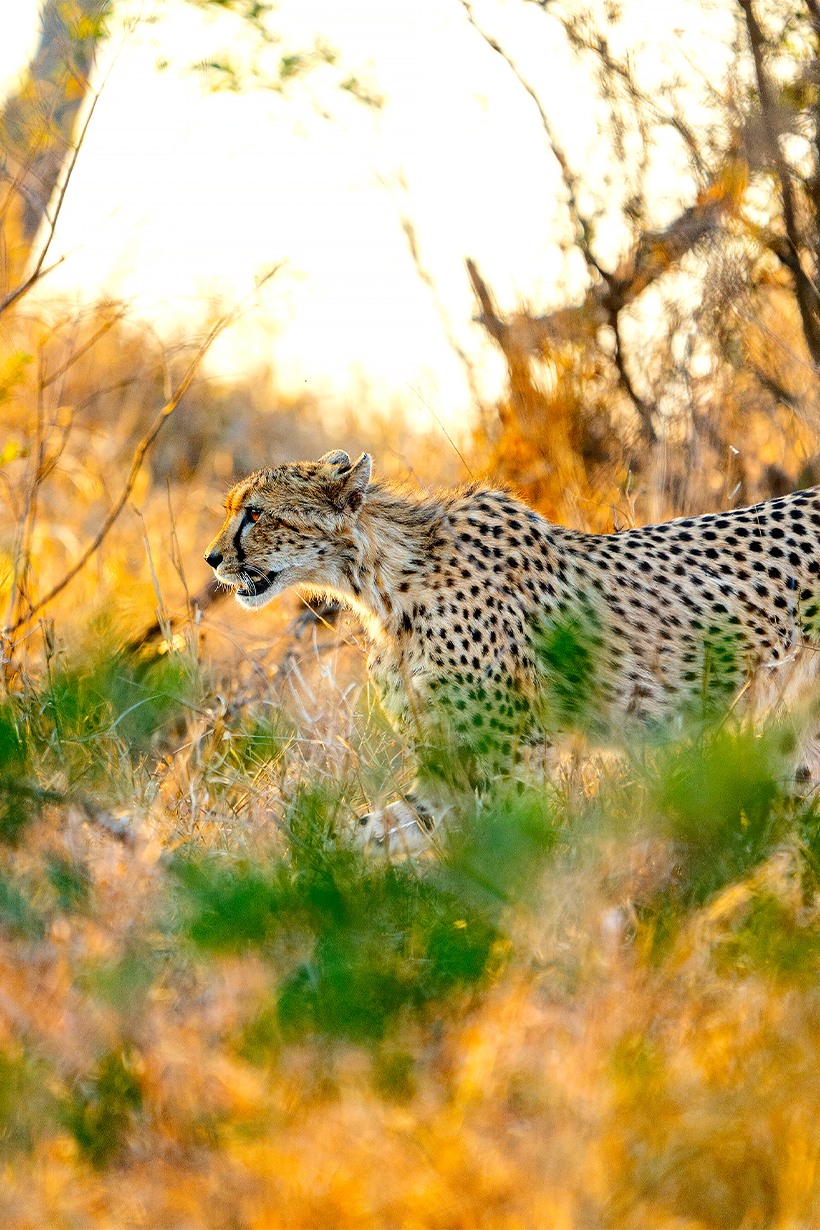
TRANSITION SEASON
January to February
OUR ACCOMMODATIONS

ULTRA LUXE
Select camps voted as the most luxurious in the world with top quality interiors, extra large rooms and bathrooms, glamorous common spaces, large pools, butler service and freshly cooked meals by award-winning chefs.
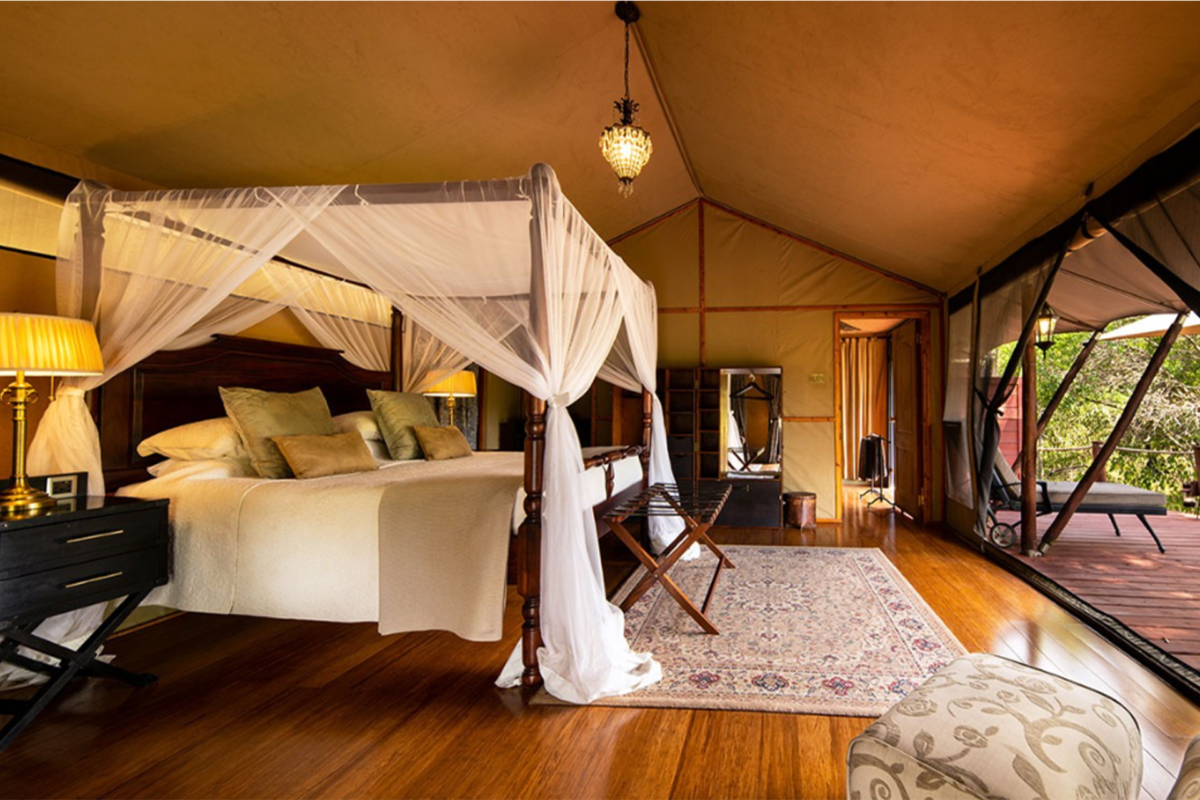
LUXURY
Highly awarded luxury tented accommodations with all modern amenities, large and spacious suites with viewing decks, and en-suite toilets. Large common spaces, chef prepared three-course meals and impeccable service

PREMIUM
Safari camps with modern amenities, spacious tents, viewing decks, and en-suite toilets. Large common spaces, stocked bar, chef prepared meals and impeccable service. Suitable for the discerning traveler.
Book an Ameliya Experience
From the moment you start planning your journey with Ameliya, we’re with you every step of the way, fine-tuning the itinerary according to your level of comfort, and booking accommodations to suit your level of exclusivity. While the remote team handles your bookings, transfers, and viewing arrangements, our ground team is by your side, 24×7, for anything you may need, from start to finish.
Ready to take the next step?

